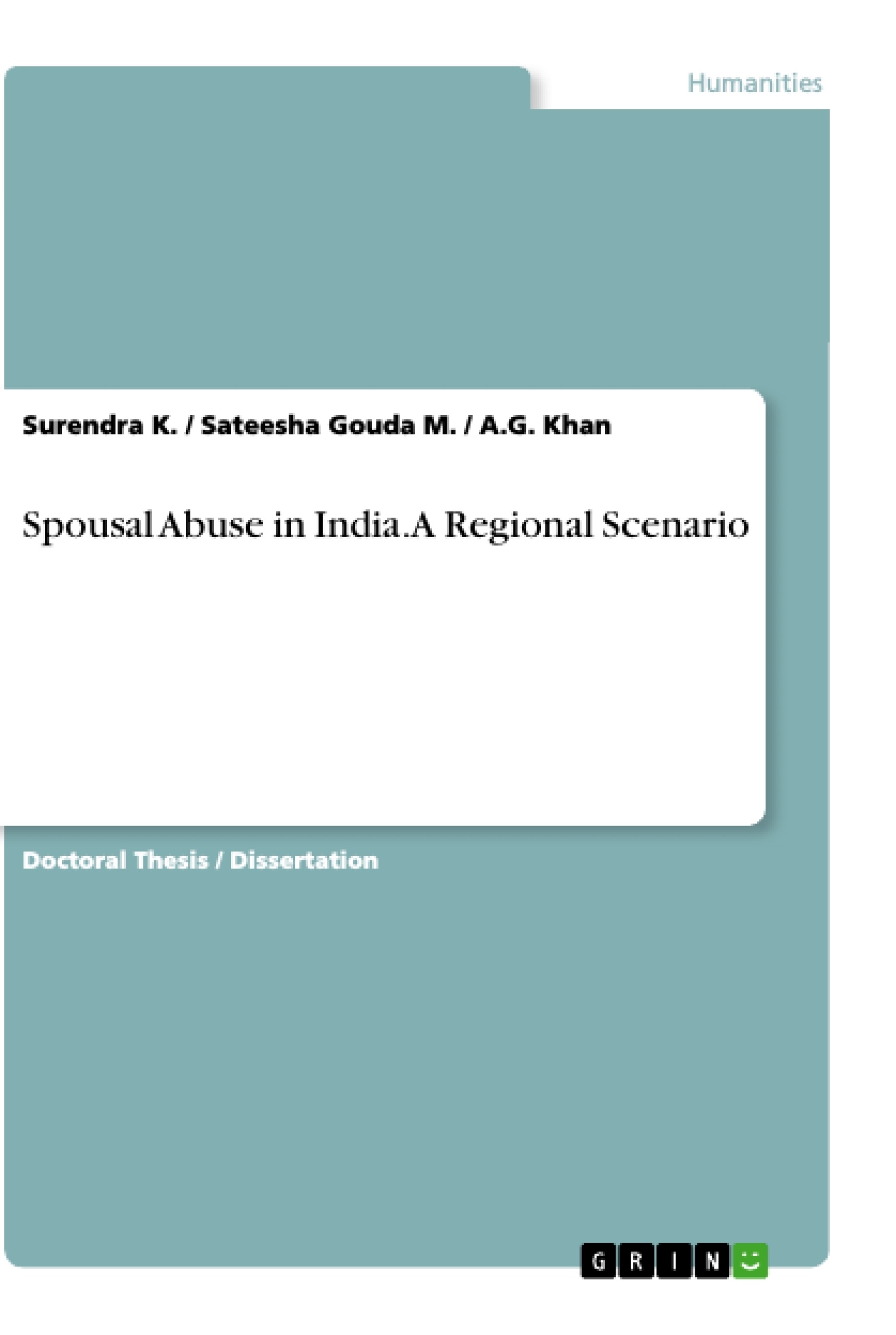The present study is based on data collected from the NFHS II and III Base line Survey undertaken by IIPS, Jointly Sponsored by GOI and USAID and the primary objective of this project is to provide national-level and state-level data on fertility, nuptiality, family size preferences, knowledge and practice of family planning. Furthermore, it collected data to sexual behavior, the potential demand for contraception, the level of unwanted fertility, utilization of antenatal services, breastfeeding and food supplementation practices, child nutrition and immunizations, and infant and child mortality.
The third National Family Health Survey (NFHS-3) was conducted in 2005-06. This survey provides the information on several new and emerging issues such as perinatal mortality, male involvement in the use of health and family welfare services, adolescent reproductive health, high risk sexual behaviour, family life education, safe injections, and knowledge about tuberculosis. In addition to interviewing ever-married women age 15-49, NFHS-3 included never married women age 15-49 and both ever-married and never married men age 15-54 as eligible respondents. Interviews were conducted with 124,385 women age 15-49 and 74,369 men age 15-54from all 29 states. Throughout India, 102,946 women and men were tested for HIV in NFHS-3. For the present study 83,703 women age 15-49 were considered for the purpose of analysis of domestic violence.
Women throughout the world have been accorded lower status than men. Traditionally, women were expected to be married off and settle down in life. Rights of power, position and authority over women were accorded to men. Women were given a very subordinate role and status, as the socio-economic and external conditions prevailing in ancient times were not favorable for the free movement of women. In the 21st century even though women are educated and equally participating in employment with men, still the social conventions, traditions and restrictions controlling the life of women directly or indirectly. As such, in many of the ways the women are facing inequality and due to which, women are facing mental stress and tension in the society. Many of the socio-psychological specialists have opined that such mental tensions for women are due to atrocities, discrimination, exploitation, violence and sexual harassment of women in the society.
Inhaltsverzeichnis (Table of Contents)
- CHAPTER-1: INTRODUCTION.
- CHAPTER-2: REVIEW OF LITERATURE.
- CHAPTER-3: RESEARCH METHODOLOGY
- CHAPTER-4: PROFILE OF STUDY AREA AND STUDY POPULATION
- CHAPTER-5: EMOTIONAL VIOLENCE AND DETERMINANTS.
- CHAPTER-6: PHYSICAL VIOLENCE AND DETERMINANTS.
- CHAPTER-7: SEXUAL VIOLENCE AND DETERMINANTS
- CHAPTER-8: REGIONAL ANALYSIS OF DOMESTIC VIOLENCE.
Zielsetzung und Themenschwerpunkte (Objectives and Key Themes)
This study aims to provide national-level and state-level data on domestic violence in India based on the NFHS II and III Baseline Surveys. The data is used to understand the relationship between various factors, such as working status, family composition, and alcohol consumption, and the prevalence of domestic violence.
- Prevalence and determinants of different types of domestic violence (emotional, physical, and sexual) in India.
- Regional variations in domestic violence across India.
- The influence of socio-economic factors on domestic violence.
- The impact of working status and family composition on domestic violence.
- The role of alcohol consumption in domestic violence.
Zusammenfassung der Kapitel (Chapter Summaries)
- Chapter 1: Introduction: This chapter provides a general overview of the issue of domestic violence against women in India, highlighting the historical and societal context. It emphasizes the need to address this issue and the importance of research in understanding its complexities.
- Chapter 2: Review of Literature: This chapter reviews existing literature on domestic violence, exploring various theories, perspectives, and research findings related to the topic.
- Chapter 3: Research Methodology: This chapter details the research methodology used in the study, including data sources, sampling techniques, and data analysis methods.
- Chapter 4: Profile of Study Area and Study Population: This chapter presents the characteristics of the study area and the demographics of the study population, providing context for the analysis of domestic violence.
- Chapter 5: Emotional Violence and Determinants: This chapter examines the prevalence and determinants of emotional violence against women in India, analyzing the role of various socio-economic and personal factors.
- Chapter 6: Physical Violence and Determinants: This chapter investigates the prevalence and determinants of physical violence against women in India, exploring the impact of different factors on this form of violence.
- Chapter 7: Sexual Violence and Determinants: This chapter analyzes the prevalence and determinants of sexual violence against women in India, examining the role of various factors, including social norms and gender inequalities.
- Chapter 8: Regional Analysis of Domestic Violence: This chapter focuses on regional variations in domestic violence across different parts of India, highlighting the unique challenges and contexts in each region.
Schlüsselwörter (Keywords)
Domestic Violence, Women, India, NFHS, Socio-Economic Factors, Working Status, Family Composition, Alcohol Consumption, Emotional Violence, Physical Violence, Sexual Violence, Regional Variations.
- Quote paper
- Dr. Surendra K. (Author), Dr. Sateesha Gouda M. (Author), Dr. A.G. Khan (Author), 2019, Spousal Abuse in India. A Regional Scenario, Munich, GRIN Verlag, https://www.grin.com/document/1010485




